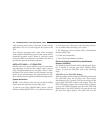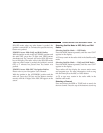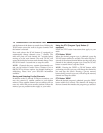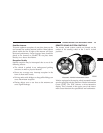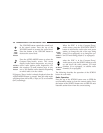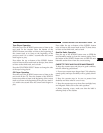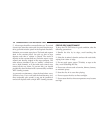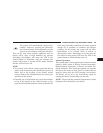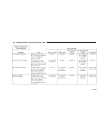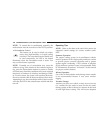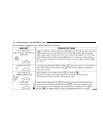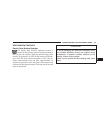
The controls on the climate control provide the system
with operator input. The dual sun-sensor monitors sun
load coming through the windshield. The infrared sensor
independently measures the surface temperature of the
driver and passenger. Other sensors take account of
vehicle-speed, A/C pressure, outside temperature, and
engine cooling temperature. Using all of these inputs, the
system automatically adjusts airflow temperature, air-
flow distribution, airflow volume, and the amount of
outside air recirculation. This maintains a comfortable
temperature even under changing conditions.
Operation of the system is quite simple. Begin by turning
the Mode Control knob (on the right) to AUTO, and place
the Blower Control knob (on the left) to either LO AUTO
or HI AUTO. The LO AUTO position should be used for
front seat occupants only. The HI AUTO position should
be used when more airflow is desired, or when rear seat
occupants are present. Then, dial in the temperature you
would like the system to maintain by rotating the driver
or passenger Temperature Control knob. Once the com-
fort level is selected, the system will maintain that level
automatically using the heating system. Should the de-
sired comfort level require air conditioning, the system
will automatically make the adjustment.
You will experience the greatest efficiency by simply
allowing the system to function automatically. Selecting
the OFF position on the fan control stops the system
completely and closes the outside air intake.
72°F (22°C) is the recommended setting for maximum
comfort for the average person; however, this may vary.
NOTE:
The temperature setting can be adjusted at any
time without affecting automatic operation.
Air conditioning in this system is automatic.
Pressing the Air Conditioning Control button
while in AUTO mode will cause the LED in the
control button to flash three times and then turn off.
This indicates that the system is in AUTO mode and
requesting the air conditioning is not necessary.
184 UNDERSTANDING YOUR INSTRUMENT PANEL



